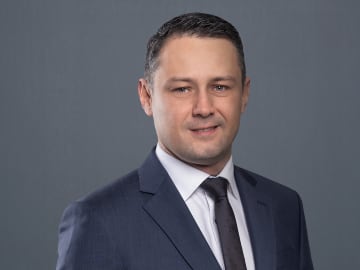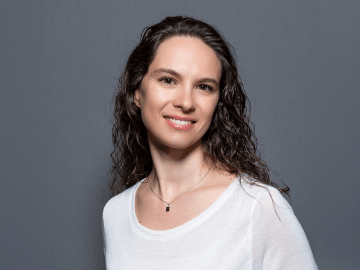The three-pillar system
People working in Switzerland and people non-employed and residing in Switzerland are generally subject to Swiss social security.
When people live abroad but work in Switzerland, or the opposite, bilateral agreement between the countries concerned, if any, should be examined.
The Swiss pension system is based on three pillars and is a combination of public, subsidized private, and fully private systems, each offering specific protection.
The purpose of the Swiss pension system is to ensure financial security for people in their old age and to allow the survivors to maintain their usual standard of living after retirement, in the event of unemployment, disability or death cases.
In Switzerland, the retirement age for women is 64, while for men it is 65.
First pillar
The first pillar is a Swiss state pension plan that consists of various insurance schemes such as Old age and survivor’s insurance, Unemployment Insurance, and Disability Insurance (OASI/DI). It intends to secure livelihood, ensure a minimum standard of living to cover basic living needs in old age, in the event of disability or, after death, for survivors.
The contributions are mandatory and paid equally between the employee and the employer. It’s also mandatory for self-employed individuals.
Individuals living in Switzerland without a gainful employment are generally subject to Swiss social security as well. In this case, individual contributions depend on the assets and pension income.
However, for a non-employed married person, individual contributions are considered to have been paid if the contribution of their spouse or their partner, who is employed, reaches at least twice the minimum AHV/AVS contribution.
Employee or individual contributions are tax-deductible.
Second pillar
The second pillar is based on occupational pension plans and accident insurance. Pension plans and accident insurance are mandatory for all employees of more than 25 years. When combined with the first pillar benefits, a person could expect to earn about 60% of their final salary after retirement to help maintain their standard of living. Contributions are paid by the employee and the employer.
Tax benefit: It’s possible to make voluntary employee contributions to fill a gap onto the Swiss pension fund (so-called “2nd pillar buyback”). Those contributions are tax-deductible and are limited to 20% of the insured salary for the 5 first years in Switzerland. In case of capital withdrawal within 3 years after the buyback, the tax deduction will be canceled by the Swiss tax authorities.
Third pillar
The third pillar is a private, individual option that workers can use to help make up the remainder of their income not covered by the first two pillars. Such schemes are also protected by law and often offer tax advantages. They typically take the form of a retirement savings account (3rd pillar A) or a flexible savings account such as life insurance (3rd pillar B). It can be concluded with a bank or an insurance company.
Tax benefit:
- 3rd pillar A: the maximum contributions deductible for tax purposes is limited. The capital is locked into long-term investment plans not available until retirement or under specific conditions.
- 3rd Pillar B: is more flexible (no annual contributions restrictions) and is usually used for various goals, such as for education, holiday, etc. The capital invested is available at any time. Tax deductions are applicable in some cantons as considered as life insurance.







